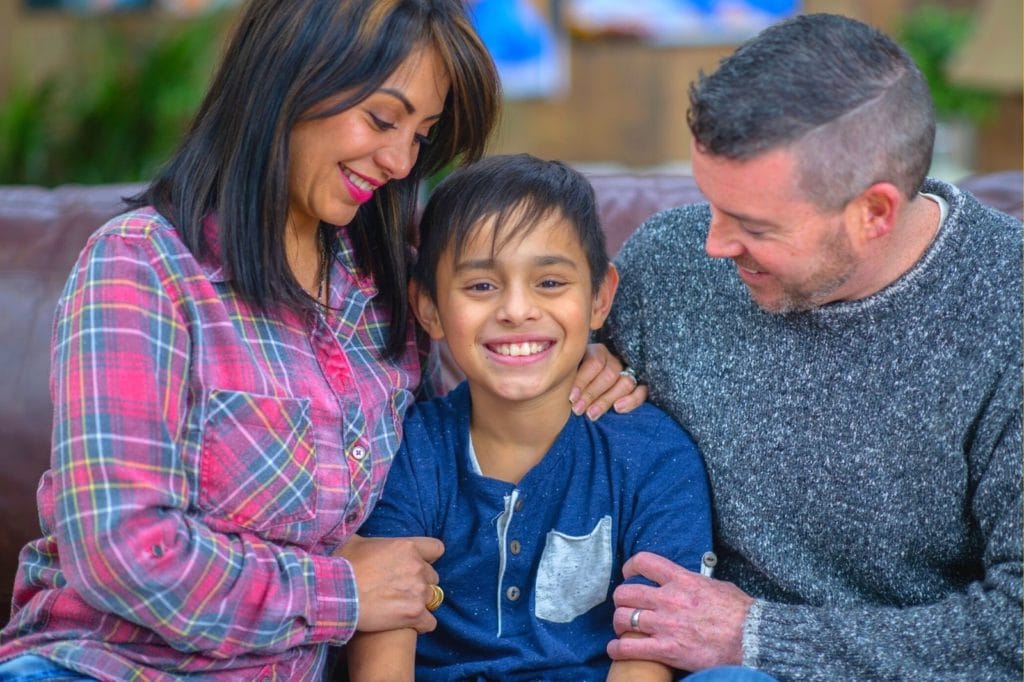Recent research has found that 15% of Latina teenagers reported attempting suicide in the past year, compared to only 8% of African-Americans and non-Hispanic Caucasian girls. As educators and youth professionals, it’s important to understand what’s behind these troubling statistics. Soad Michelsen, MD, child and adolescent psychiatrist at Clarity CGC, offers an excellent video series* that explores the relationship between teen Latinas and suicide, helping us understand the dynamics at play.
The five-part series:
- Discusses the characteristics of young Latinas in the U.S.;
- Describes the relationship between suicide and Latinas, including cultural expectations, the role of the family, and recent research; and
- Explains measures of prevention and treatment, including barriers to access for Hispanic families and how they can be overcome.
Understanding the Mental Health Challenges of Young Latinas
For educators and youth professionals, the Hispanic/Latino population represents a growing challenge.
“Hispanics make up more than 15% of the total population of the United States,” explains Dr. Michelsen, “and it’s estimated that in 2050 the Hispanic population will reach 29%.”
This means that around one in three people in the U.S. will be of Hispanic origin in the next generation or two. This is why the alarming statistics around mental health and suicide need to be addressed.
“It seems very grim,” Dr. Michelsen notes, saying that they have so much working against them – pregnancy, substance abuse, anxiety, and untreated depression – “that’s why suicide attempts are so high in this population.”
She also notes that, based on a research study from 1997, “one fourth of the Hispanic girls in high school had a suicide plan, and so they went way past just thinking about it. They were actually going to do something about it.”
She also notes that U.S.-born Hispanics are more likely to attempt suicide that foreign-born immigrants, although it’s unclear why. Addressing these problems begins, Dr. Michelsen believes, with better communication – with the children at risk, with their families, and with support networks in their communities.
Engaging the Hispanic Family around Mental Health Challenges
Yet we face specific challenges in engaging Hispanic families around mental health. According to the National Alliance on Mental Illness (NAMI), the Latino community in general does not talk openly about mental health issues.
“Many Latinos do not seek treatment because they don’t recognize the signs and symptoms of mental health conditions or know where to find help,” notes this helpful article on the NAMI website.
“This lack of information also increases the stigma associated with mental health issues,” the article continues. “Many Latinos do not seek treatment for fear of being labeled as ‘locos’ (crazy) or as having a mental health condition because this may cause shame.”
As Dr. Michelsen explains in her video series, other barriers to mental health care include lack of insurance, language and communication challenges, privacy concerns, an over-reliance on natural remedies, and concerns over legal status.
She also explains that in many Hispanic families, there’s a large cultural experience gap between teenagers and their parents, and this can often lead to conflict.
“Latina girls tend to acculturate much quicker than their parent,” she notes, “because the moms aren’t necessarily out there interacting with the new culture, and they tend to interact with other Latinas and Hispanic women.”
Meanwhile the girls have to adapt to new schools and assimilate a culture that’s foreign to their parents.
“Can you imagine how conflicting this would be for the girls?” Dr. Michelsen asks. She points out there’s often a huge conflict for these girls between what’s expected of them in the family unit, and what they are facing in the larger community.
“The expectation of a Latino girl from a very conservative family is that you are obedient and maintain your place,” she explains. “This expectation that the family is the most important often leads them these girls to put the family’s needs ahead of their own.”
This can cause them to miss out on important social connections – like not going to an important party because they are needed to babysit for a family member. All of these things, she notes, can put a lot of stress on the child and the family dynamic.
Strategies for communicating about mental health concerns
The first thing to keep in mind is that a Latino teen is less likely than others to express sadness, depression or anxiety head on. Culturally, these things are not as openly discussed, so it would be unusual for them to share in this way. They might, however, mention being tired, or achy all the time, or not being able to sleep or pay attention in class. Be away of these potential symptoms of mental health challenges, and use that as a launching point for the discussion.
“When you say the word ‘sad,’ it’s a very general word,” Dr. Michelsen explains. “But if I say ‘what hurts specifically’ that is much more concrete.” This can be a safer approach, as they don’t have to express emotions that may be upsetting or considered off-limits.
This doesn’t mean that Hispanic youth aren’t tuned in to emotions. In fact, she’s found that they are often able to identify feelings of sadness, anxiety and depression in their friends, but are reluctant to identify with the same feelings personally.
Understand that family plays a critical role in Hispanic culture, and the definition of “family” might be broader than you expect. For example, a trusted family friend or religious leader may well be considered part of the family, and they often look to this extended network for support. Be respectful of this cultural reality, and whenever appropriate encourage family participation. Understand, however, that as professionals, we need to be aware of potential confidentiality issues and compliance nuances when our conversations extend beyond the immediate family.
Because Hispanic families face so many potential barriers, we must take the opportunity to open the door to better mental health in whatever ways we can. We need to model educational awareness, open communication and freely sharing resources and encouraging families to take advantage of them.
For youth workers, dealing with possible mental health concerns is part of the job. When working with Hispanic youth, be aware of these cultural barriers and enlist the support of someone who is experienced in working with a Latino population. This video series is a great place to start.
*Note: You must be able to access YouTube to view these videos. Some organizations limit access to this video-sharing website.










